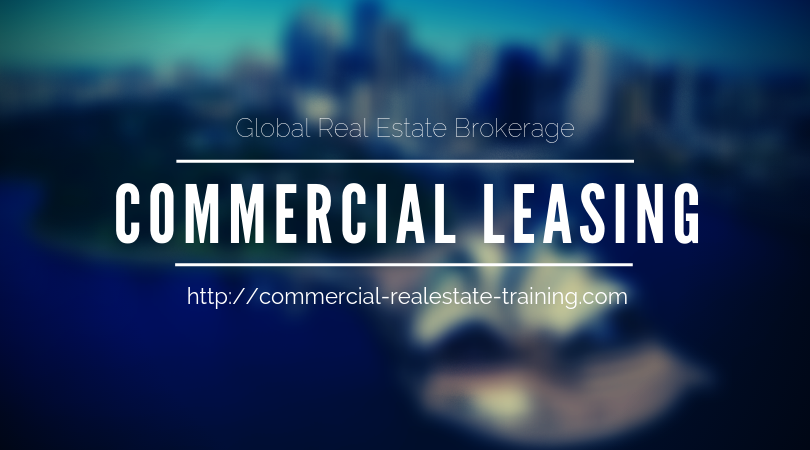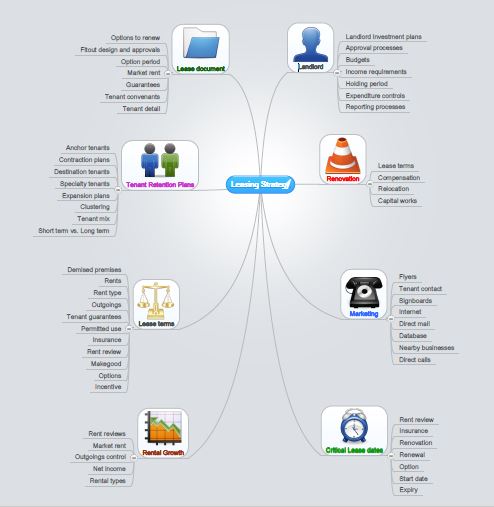Common Mistakes You Must Avoid in Commercial Leasing
In commercial real estate leasing, there are some things that you need to know and understand from the outset. That is particularly the case when you’re working with landlords or tenants in quality buildings in your town or city.
Know Your Market
What is happening in leasing locally for you now? How much change and churn is going on in your local business community? There will be leasing factors to address within those change factors. Look for the opportunities with tenants and landlords. If you make plenty of calls to those two segments of the market, you will find the new business. It is an easy formula of brokerage to follow every day; make the calls and track your progress.
Common Mistakes are So Simple
Common mistakes in leasing typically are:
- Not developing a system of contact with landlords and tenants
- Not knowing rents and having leasing market evidence at hand
- Failing to check out the other vacancies and comparable properties
- Avoiding or not adjusting to the pressures of incentives in the leasing process
- Failing to document discussions and instructions or agreements made between the parties
Everything changes in leasing. Understand what your clients are needing to achieve when it comes to property leasing or occupancy change. You will be working with investors and or tenants. They all have priorities and targets in the leasing process.
Things You Can Do in Leasing
Here are some ideas to help you work with the essential factors of leasing in today’s property market and avoid common mistakes:
- Understand the market rents in the location, and what amounts are being achieved for the particular property type(s) within the location. Rents change throughout the year, and on that basis, you need to watch for the changes and the pressures or opportunities that exist for landlords or for tenants.
- What are tenants looking for when it comes to property occupancy today in your town or city? There will be certain improvements, car parking needs, property design factors, and operational issues to understand.
- Where are the vacancies in your location and why are they still on the market? That market intelligence will be essential to all the other things you do with other property in leasing.
- What are the lease documents that you can use in leasing office or retail premises locally? There will be standards to work within the leasing process and certain documents to use. Choose the right documents and understand how to complete them in all situations. When in any doubt do not proceed, but seek someone experienced who can help you.
- Who is your client in the leasing process? What are their targets in taking the property to the market? Are their expectations realistic in leasing the premises?
- Always follow through on documentation with property attorneys or solicitors. The client’s legal people are likely to ‘slow down’ the leasing process and the documentation, so don’t let that happen. Their priorities are not your priorities, so ensure that all parties are working in a timely way to fulfil the client’s instructions and intentions.










